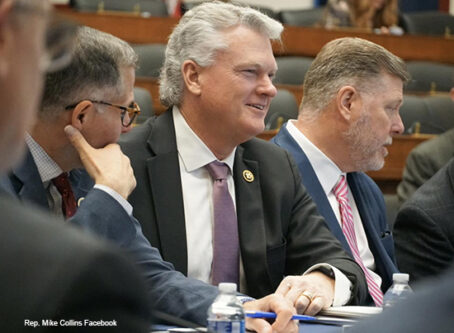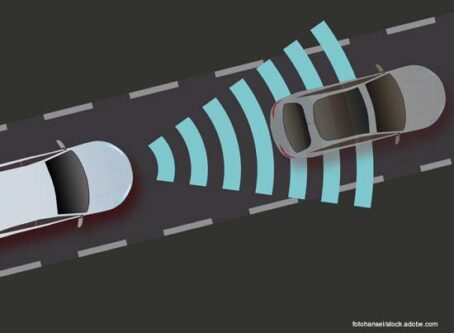Joshi meets with Medical Review Board on second day of virtual meeting
The Federal Motor Carrier Safety Administration’s Medical Review Board continued its deliberations over a proposed update to the Certified Medical Examiner’s Handbook as it met for the second day in a two-day virtual conference on Thursday, May 20.
Thursday’s meeting kicked off with remarks from FMCSA acting Administrator Meera Joshi, who joined the meeting remotely for the first 30 minutes.
Joshi fielded a question from one of the board members about dealing with special interest groups. Joshi previously served as the chief regulator for New York City’s for-hire vehicle industry, and she shared her experience of trying to get buy-in from the industry on providing accessible transportation. She stressed that in her experience communication is key.
“If it’s done methodically and with constant communication, the ending doesn’t have to be bad,” she said. “It really depends on constant communication and constant explaining about why you’re moving towards a certain goal, rather than assuming people understand why.”
Jay Grimes, OOIDA’s director of federal affairs, said Joshi’s remarks to the board “showed that she’s going to be looking at the science and the data to determine medical eligibility as far as what the standards should be.
“She does have experience working with the driving community, primarily taxi and limo,” Grimes said. “We’re looking forward to hearing more from her as the (FMCSA administrator) nomination process moves forward.”
After Joshi’s remarks, the board reviewed a presentation on an overview of a study assessing the length of medical certifications and a seizure research update. Afterward, the board finalized its review of the medical examiner handbook, a task which began in 2017.
According to FMCSA staff, there will now be a departmental review of a final document, before it is sent to OMB for approval. If approved by OMB, the updated handbook will receive a Federal Register notice and public comment period.
Grimes said that, while there is no specific timeline, the process could take at least nine to 12 months.
“The overall picture on this whole project has been the (board) wants to have every single possible scenario outlined in the handbook, where some of these CMEs who don’t have any significant medical background have a place to go in those situations,” Grimes said. “FMCSA wants to make sure (the handbook) doesn’t get into stuff that’s not in the regulations. So it’s kind of back and forth.”
On May 19, the board reviewed comments on a proposed rulemaking updating monocular vision standards.
In January, FMCSA issued a proposal that would allow individuals who can’t meet the current distant visual acuity or field of vision standards in one eye to be deemed physically qualified to operate a commercial motor vehicle. The new rule would require drivers to complete a road test before being allowed on the road unless they have three years of intrastate or other qualifying driving experience with the vision deficiency. To qualify, the driver must have at least 20/40 vision in the other eye with or without corrective lenses and a field of vision of at least 70 degrees in the horizontal meridian.
OOIDA supports the change. LL









